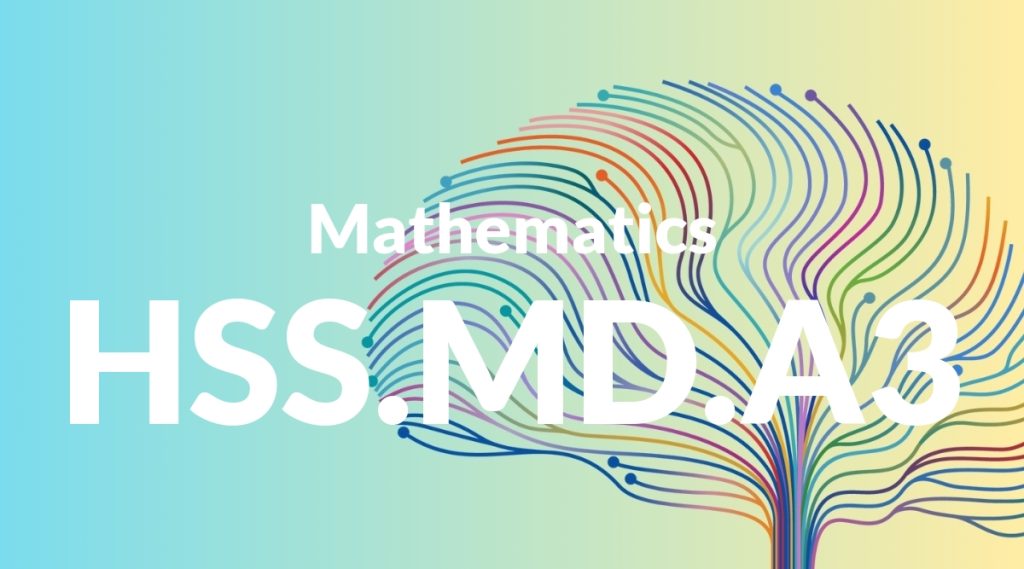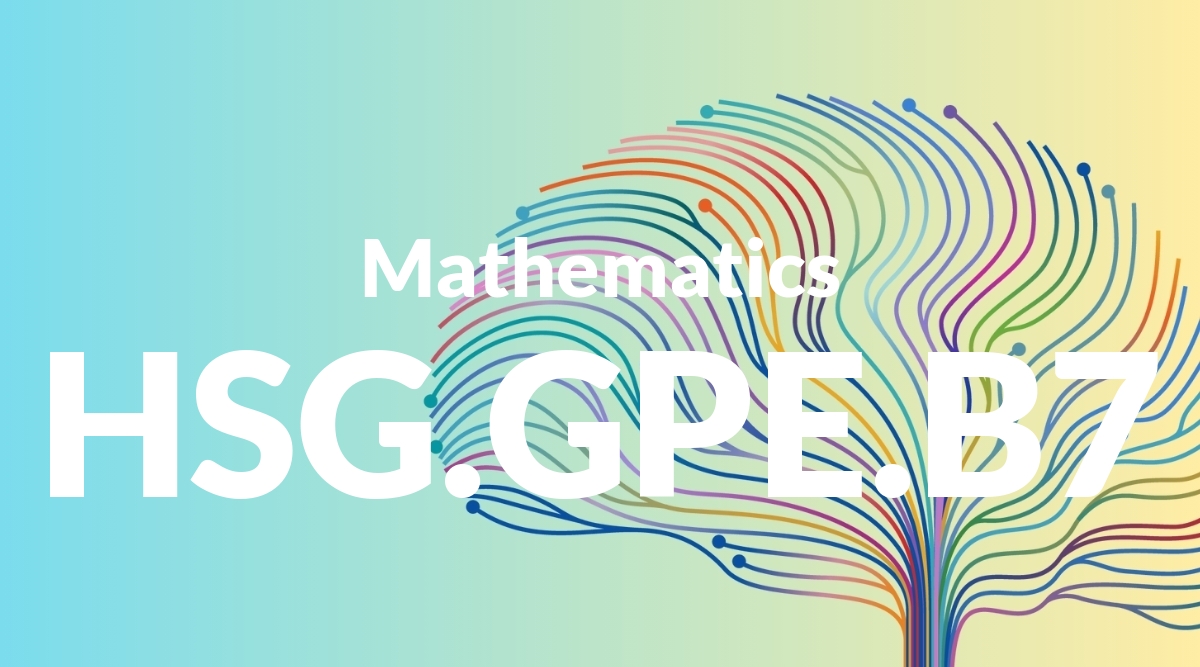Standard: HSS.MD.A3 – (+) Develop a probability distribution for a random variable defined for a sample space in which theoretical probabilities can be calculated; find the expected value. For example, find the theoretical probability distribution for the number of correct answers obtained by guessing on all five questions of a multiple-choice test where each question has four choices, and find the expected grade under various grading schemes.
Grade level: High School: Statistics & Probability
Subject: Mathematics
Domain: Measurement & Data
Teacher Overview
This standard focuses on developing students’ ability to create and analyze probability distributions for random variables. It is crucial for understanding how probability models work and for making informed predictions based on data. Mastery of this standard is foundational for advanced topics in statistics and probability. Students need to be comfortable with basic probability concepts and simple statistical measures. They should be able to calculate probabilities for single events and understand sample spaces.
Students will move on to more advanced topics in probability and statistics, including continuous probability distributions, inferential statistics, and data analysis techniques.
Common Misconception 1
One common misconception is that students believe all outcomes in a probability distribution have the same probability. This is incorrect because probabilities can vary based on the nature of the random variable and the sample space.
Intervention 1
To address this misconception, use diverse examples that showcase different probability distributions, including those with unequal probabilities. Engage students in activities that require them to calculate and compare probabilities for different outcomes.
Common Misconception 2
Another misconception is that the expected value must be a possible outcome of the random variable. This is not true; the expected value is an average and may not correspond to any real outcome.
Intervention 2
Use examples where the expected value is not an actual outcome to illustrate this concept. Emphasize that the expected value is a theoretical measure that represents the center of the probability distribution.
Prerequisite Knowledge
Students should have a basic understanding of probability concepts, including calculating probabilities for simple events, understanding sample spaces, and familiarity with basic statistics such as mean and variance.
Subsequent Knowledge
After mastering this standard, students will be able to apply probability distributions to more complex scenarios, such as continuous random variables and advanced statistical models. They will also be prepared to understand and utilize concepts in inferential statistics and data analysis.
Instructional Activities
- Create and analyze probability distributions using real-world scenarios.
- Simulate random events using technology to visualize probability distributions.
- Group activities that involve predicting outcomes and calculating expected values.
- Projects that involve collecting data and creating probability models.
- Problem-solving sessions focused on applying probability distributions to various contexts.




